This week’s podcast and corresponding article are all about succession planting in your vegetable garden – or more importantly, how to get the most out of your garden space!
Succession planting is a great way to extend your growing season beyond one planting and one harvest each season. No matter where you are located, you can apply succession planting to your garden space and reap the benefits.
You can listen in below to our complete podcast on succession planting – or you can read on for a full-length article on the subject. As always, all of the podcast resource links will be provided at the end of the article.
What Is Succession Planting?
In short, succession planting is a way to get more from your space by not harvesting all of your crops at the same time. It helps to extend your harvest period throughout the entire spring and summer. (And way beyond that for those with warmer climates.)
There are three main techniques that you can use when it comes to applying succession planting in your home garden. All of these methods will allow you to get more from your garden space while producing less waste at the same time.
Most home gardeners at one time or another have planted way too many salad greens or a similar crop. Those crops end up becoming mature and ready to harvest all at the same time. It’s almost impossible to use it all before it starts to bolt and then becomes waste.
Three Main Methods Of Succession Planting
First, you can plant a few rows of the same exact crop every couple of weeks. This works well with short-season crops like greens and radishes that don’t take long to reach maturity.
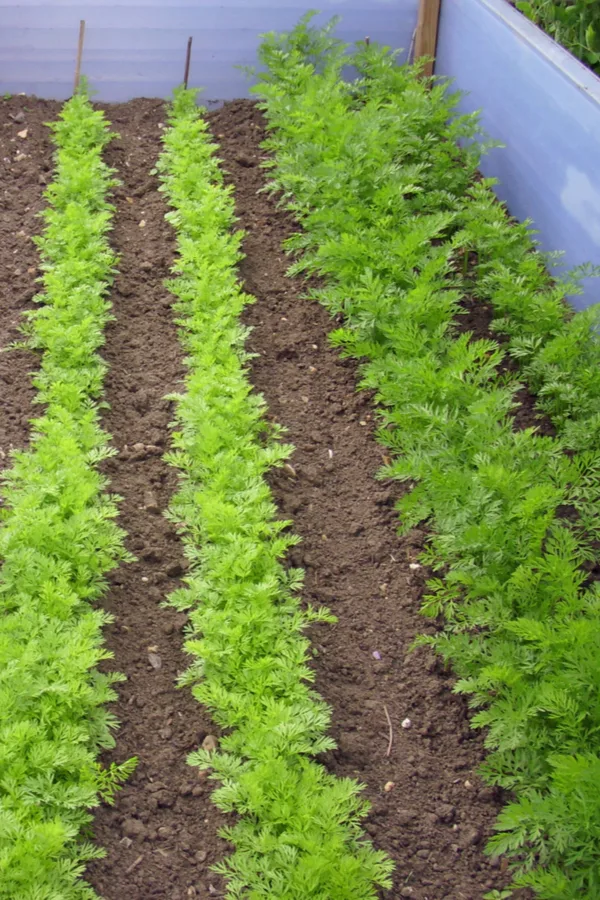
Second, you can plant one crop as soon as you finish harvesting another one. Use this method with crops that have specific growing seasons.
For instance, cold-weather spring crops like sugar snap peas do not do well in the heat. In fact, they are done producing in early summer. This allows you to plant a warm-weather crop like green beans in their place. After summer is over, you can then plant an additional crop of sugar snap peas for a fall harvest.
The last main method of succession planting is to plant the same type of crop but use different maturity dates. This allows you to plant all the seeds at the same time. However, one variety will be ready before the other, extending your harvest. For instance, one sweet corn variety will be ready for harvest in 60 days while another variety takes 80 days.
Succession Planting – Crop by Crop
All different types of vegetable crops can use succession planting successfully with a few tips. Just remember to recharge the soil when you go to sow a second planting. Add in plenty of compost and/or worm castings to give the soil a nutrient boost.
Again, be sure to keep in mind the days to maturity for each variety of crop you are growing. Those dates will make a big difference on when each crop is ready for harvesting and can play a part in your succession planting success.
Salad Crops – Lettuce, Kale, Spinach, and Radishes
Leafy vegetable crops are among the easiest and most productive types of crops for succession planting. They can be grown almost anywhere including in containers. In addition, they are quick to maturity, don’t take up a lot of garden space, and are easy to harvest.
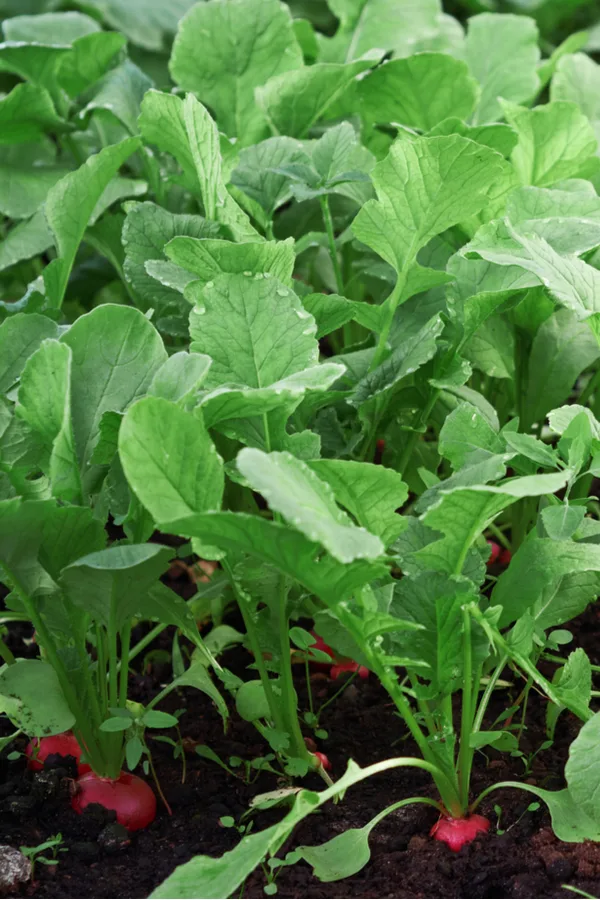
Lettuce, kale, and spinach begin to taste bitter after two or three cuttings. As the plants re-grow, the foliage begins to become woody and increasingly less desirable for consumption. But by planting a new row or two of seeds every few weeks, you can keep a fresh crop coming on as the first starts to wane.
While these crops are typically grown in the spring and fall due to their preference for cooler temps, you can sometimes successfully grow them in the summer as well. Play around with planting salad greens in the shade of larger crops to avoid bolting.
You can even keep these crops cool by planting them in containers and moving them to shady locations throughout the day. Or consider using shade cloths that have a 40 to 50% shade ratio. However, once temps reach above 90º Fahrenheit (32º Celsius), they will start to struggle.
Spring Onions – Succession Planting
Many different varieties of spring onions can be ready for harvest in as little as 21 to 28 days. Because of their short maturity time, you don’t have to sow all of your seeds at once. Instead, plant a smaller portion of seeds every 7 days or so.
This will allow you to keep fresh produce on hand for months instead of for just a couple of weeks. Harvested spring onions will store perfectly in your fridge when placed in water, too.
Beans – Succession Planting
While some gardeners prefer to have one large harvest of beans in order to have enough to preserve, you can also do smaller plantings for continual harvesting as well.
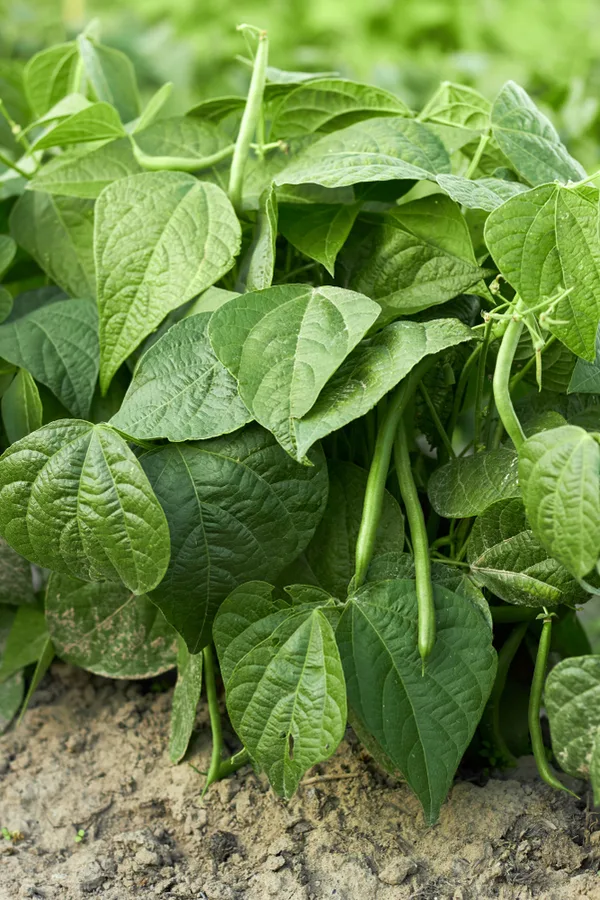
When it comes to green beans, consider planting an early crop in the springtime. Then, around 45 days later, plant a second crop. After the first crop is done producing by mid-summer, the second crop is ready once late summer or early fall hits. This gives you several pickings of fresh green beans without being overrun with produce all at once.
If you plan on freezing or canning, use the first picking of each planting for preserving. It is typically the heaviest harvest. They are also by far the most tender beans and will preserve wonderfully.
Peas and Sugar Snap Peas – Succession Planting
Much like green beans, peas can be planted in the early spring and then again in mid to late summer for a fall harvest. Peas and sugar snap peas actually grow better in the cooler temps of early spring and early fall. So planting an early and late season crop is the perfect way to go for multiple harvests.
In addition to planting in the spring and fall, to help avoid having them all come on at once, space out each season’s plantings out every couple of weeks.
Sweet Corn
Nothing can match the taste of freshly-picked sweet corn. Unfortunately, those delicious flavors starts to quickly diminish soon after harvesting the corn. Thankfully, succession planting is the answer to keep pickings at their sweetest!
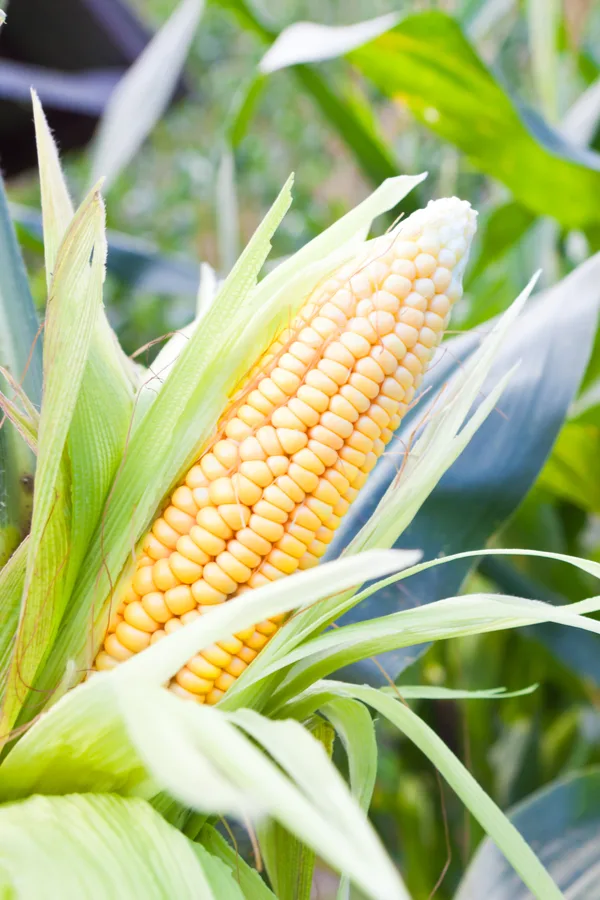
Plant a new crop of sweet corn every 14 to 21 days after the first planting. To help you decide how much to plant, figure out what your family eats over a two to three-week harvest period and sow accordingly. Remember that with sweet corn, it is best to plant in blocks of rows to help with pollination.
Determinate Tomatoes
There are two main types of tomatoes: Determinate and Indeterminate tomatoes. Determinate tomatoes will come on all at once while indeterminate tomatoes will continuously put out fruit all growing season long. For this reason, succession planting isn’t needed with indeterminate tomatoes, but it can for for determinate varieties.
In order to try succession planting with determinate tomatoes, consider starting seeds indoors in late winter and then transplanting them into your garden in the spring. Then, at the same time you transplant, also plant a few tomato seeds in your garden as well.
The determinate tomatoes that you directly sow will be about 4 to 8 weeks behind your transplants. This gives you a completely new late August harvest of tomatoes. You may have to experiment with the timing depending on your growing climate.
Keep in mind: If you have two tomato transplants going into the garden and one is much larger than the other, it doesn’t mean that the larger plant will put on fruit before the smaller one. Plants of different sizes are capable of having fruit come on at the same exact time.
Cucumbers and Zucchinis – Succession Planting
Similar to determinate tomatoes, cucumbers and zucchinis can also be planted via transplants as well as directly sowing seeds at the same time. The seeds will give you a brand new harvest about 4 to 6 weeks after the transplants.
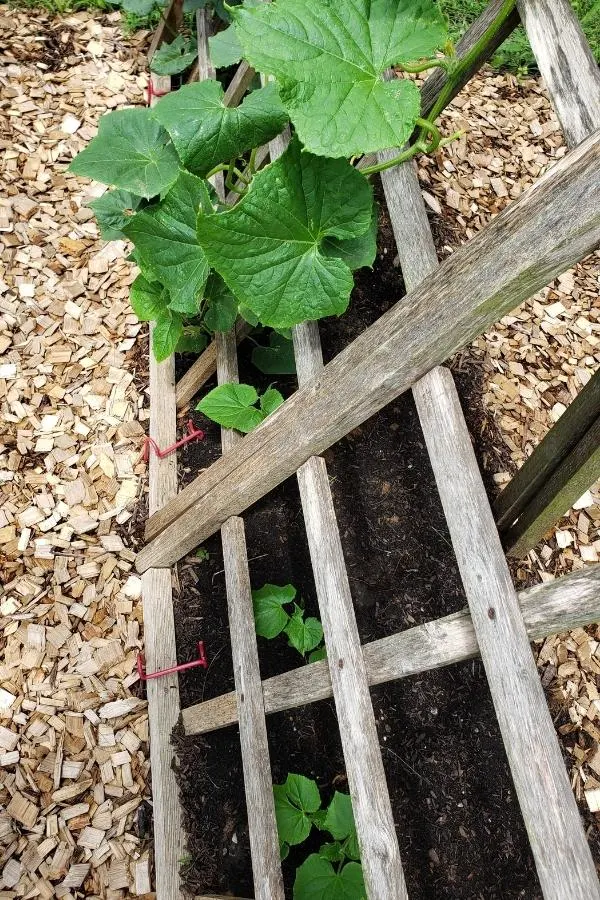
Another advantage of doing succession planting with cucumbers and zucchinis is that the pests and insects that took their toll on your initial planting might move on by the time the new crop of cukes and squash comes on. Pests like cucumber beetles tend to arrive in early spring but move on by mid-summer – just in time for your new planting to come on.
Herbs
Don’t forget that you can even use succession planting with your herbs. You can use these methods whether you directly sow in your outside garden or in pots and containers indoors.
Plant some varieties like cilantro, parsley, basil, and dill early in the spring and then again a few weeks later. Be sure to clip off the seed heads when they go to maturity if you don’t want the plants to go to seed naturally.
Podcast Links – Succession Planting
Article Links:
- 7 Spring Crops To Plant Early – How To Get Your Garden Growing Now!
- 6 Simple Garden Tools – The Only Tools Needed For An Amazing Garden!
- Seven Big Planting Day Secrets – How To Plant Your Garden For Success!
- How To Breathe Life Into Depleted Garden Soil – Planting A Green Manure Crop
Product Links:
Follow Our Facebook Page For Even More Great Tips! Simple Garden Life Facebook Page
Simple Garden Life is a website dedicated to keeping gardening fun, simple and enjoyable! We publish two new articles each week along with a new garden podcast episode every two weeks. This article may contain affiliate links.
